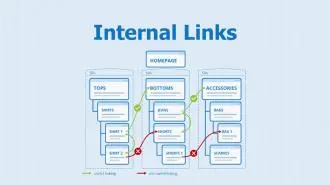Summary / TL;DR
Negative SEO refers to malicious tactics aimed at lowering a website's search engine rankings through spammy backlinks, scraped content, fake reviews, hacking, or server overload. These attacks can harm organic traffic, visibility, and site health. Tactics include link farms, copied content that may lead to duplicate penalties, or automated crawling to crash a site. Google's Disavow Tool helps reject bad backlinks, while tools like Ahrefs and Moz aid in monitoring. To recover or prevent attacks, regular audits, backlink checks, and copyright reports should be used. Even sites with good SEO are vulnerable if not actively monitored and protected.
You’ve just built a new website and optimised it perfectly; however, you still may be at risk of negative SEO attacks. It is crucial to utilise Google Webmaster Tools to monitor your website’s performance and detect any signs of negative SEO
Not all negative SEO attacks are created equal. Some might seem minor, but others can directly and seriously damage your website. This risk is particularly high if you manage multiple sites, as each becomes a potential target for those employing negative SEO tactics.

As a website owner, it is imperative to understand negative SEO, its types, and how to protect your website from such attacks. This guide will teach you about all this, including specific strategies to safeguard your web pages.
So, please sit back and walk us through the different types of negative SEO and how to protect your site from negative attacks. Take a look.
Want to receive updates? Sign up to our newsletter
Each time a new blog is posted, you’ll receive a notification, it’s really that simple.
What Is Negative SEO?
Knowing what SEO is and how it helps your website’s ranking may make it easier to understand the negative SEO strategy. Negative SEO is the opposite of SEO, harming your website’s ranking. Many websites use tactics (we will discuss later) to break the organic traffic flow to their websites.
These tactics are used by sites with malicious intent to damage yours. Negative reviews, duplicate content, bad links, and content scraping can swiftly drop your website’s keyword rankings. Thankfully, Google offers a handy tool called the Disavow Tool to help you disconnect your site from harmful spammy links.
Watching for or tracking your site’s rankings is the first step to stopping negative SEO. If you notice unnatural links or a sudden drop in your search engine rankings, finding the right tools to locate a negative SEO attack is imperative. By actively monitoring your site’s performance, you can take timely and effective steps to defend your website against such nefarious techniques.
Negative SEO is sometimes known as black hat SEO primarily due to its malevolent nature and implications. Many website owners assume that negative SEO occurs when a competitor’s website tries to outrank its own. However, this isn’t always the case.
Often, negative SEO attacks occur if a website is not protected or weak or another website has negative SEO tactics.
Let us now explore some types of negative SEO and their effects.
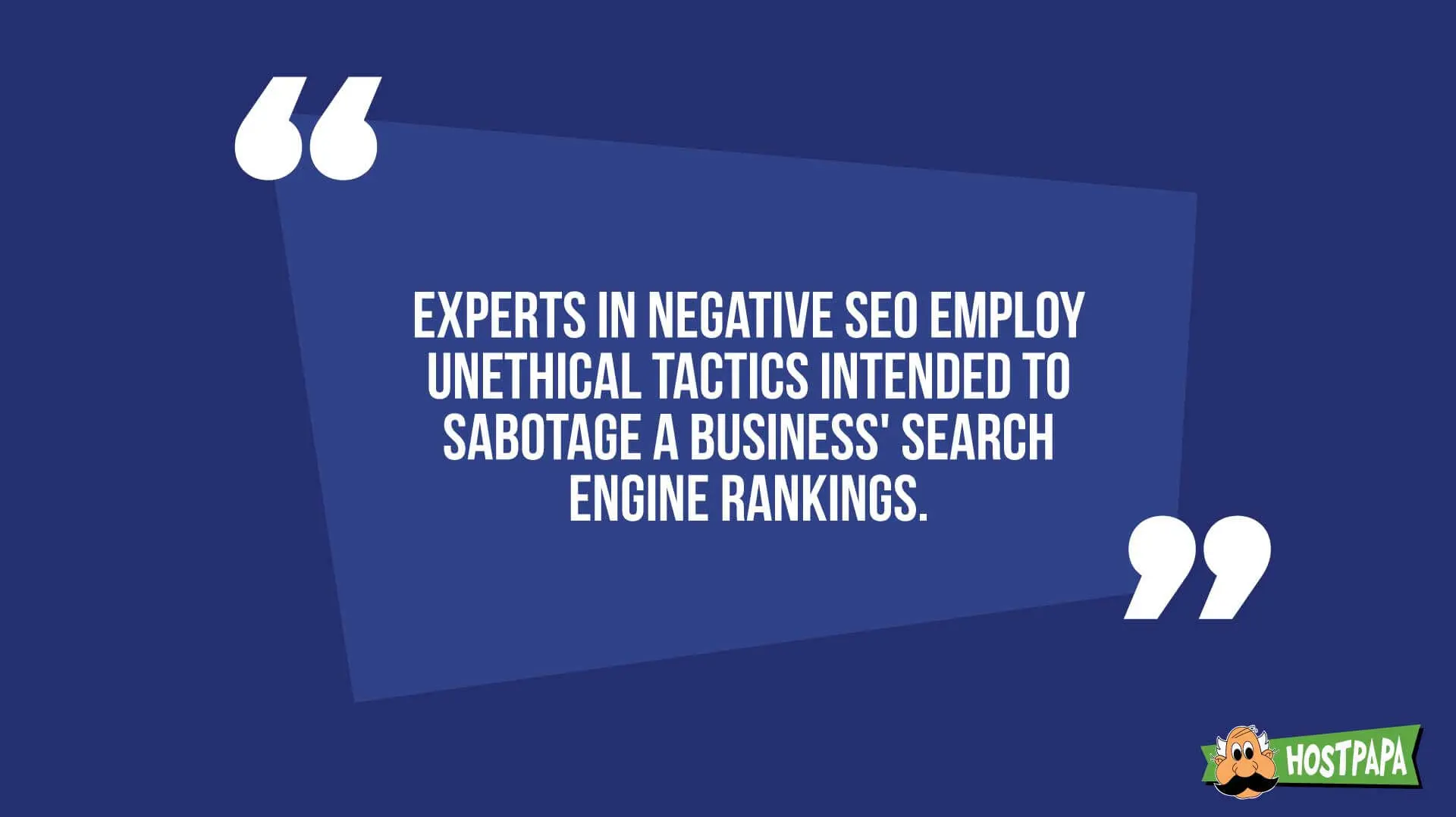
Types Of Negative SEO
1. Spammy Links And Link Farms
Creating low-quality, spammy backlinks is a frequent type of hostile SEO attack. While one spammy link might not cause much trouble, multiple interconnected sites, known as link farms, can damage your site’s credibility and referring domains significantly.
These link farms generally use the exact keywords and anchor text and are filled with low-quality links and content.
Negative SEO spammers often create low-quality links and content to make your website links seem poor. This, in turn, lowers your website’s ranking, as it often gets flagged for penalties.
How To Fix It
Several things can be done to fix this issue. Of course, you must first watch for bad links and a sudden drop in your website ranking. Once you notice something unnatural, you can combat it in several ways.
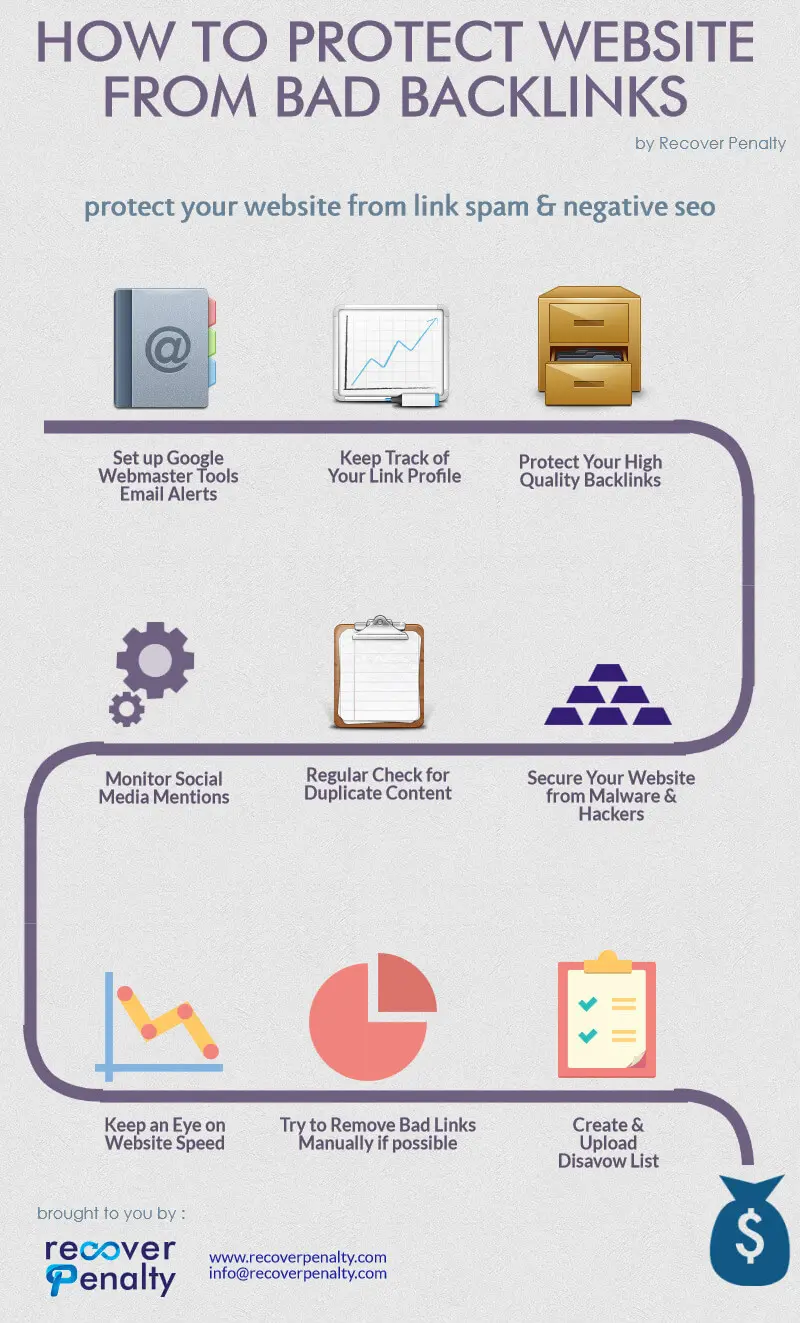
a) Disavow File And Link Monitoring
One of the first steps is to monitor the links pointing to your website. The longer you notice such unnatural links, the more time spammers have to wreak havoc on your site’s reputation.
Check for links pointing to duplicate content. Tools like SEOSpyGlass and Competitor Backlink Checker can help you do this. Once you spot these signs, use the disavow tool to submit a list of all the attacking domains.
Submit this disavow file to Google Search Console, instructing Google to ignore links from bad or low-quality domains. This step is crucial to safeguard your website from the harmful actions of negative SEO practitioners.
b) Open Link Profiler
You can also use a tool called Open Link Profiler from SEOprofiler that will enable you to view almost 200,000 backlinks to your profile. Now, you can create a disavow file and defend your website from malicious backlinks.
c) Premium Tools
In some cases, website owners need to invest in specific premium backlink tools that can help them dig deeper and investigate any backlink profile they need to. This is one of the most effective techniques for countering black hat SEO targeting your site.
Some of these premium backlink tools include:
- Ahrefs — An excellent tool for keyword research and monitoring backlinks.
- Majestic — Contains a gigantic database of links
- Moz (Open Site Explorer) — A complete SEO tool
- SEMrush — A data and analytics tool
2. Scraped Content
The following negative SEO attack is to use scraped content, where content scrapers steal content from your website and repost it on their websites.
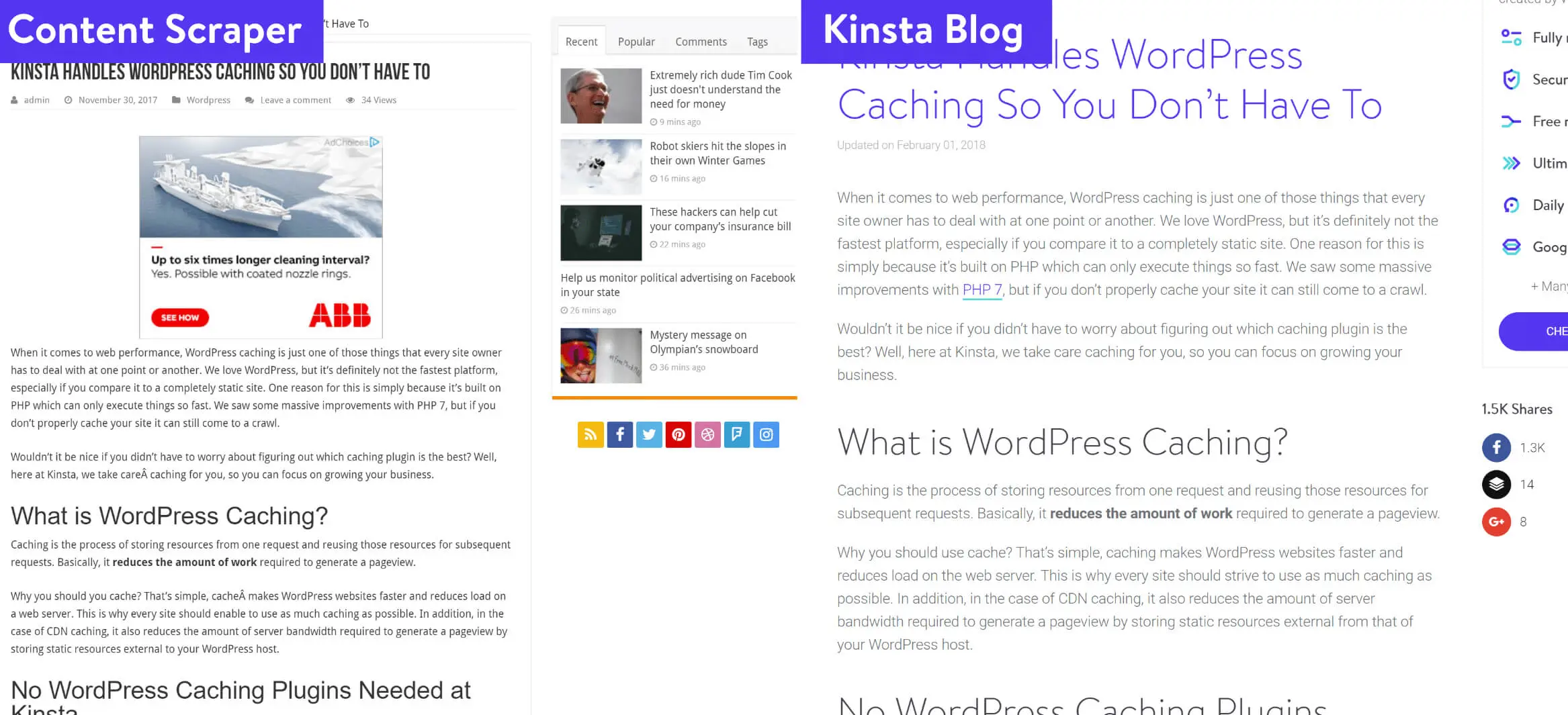
Remember that Google is pretty good at recognising copied and scraped content. However, there is always a high chance that your website (with the original content) can get penalised for using copied content instead of punishing the scraper website.
A scraper might want to steal content off your website and use it on their pages.
The first reason is that their website contains low-quality content they don’t wish to use. By stealing content from your website, the other website may be able to rank higher on Google’s search engines without putting in much effort.
The second reason is to scrape the content off your website before Google can crawl it. This will eventually lead to Google penalising your website for copied content—which the scraper wanted in the first place.
How To Fix It: Submit A Copyright Infringement Report To Google
When you notice suspicious links or duplicate content on your website, you must submit a Copyright Infringement Report to Google. Highlight the stolen content and ensure that Google understands that you are the actual publisher of the content.
You must prove that you have not stolen the content from some other website; otherwise, there is a high chance that you may get penalised for publishing scraped content. Also, you will have to provide sufficient proof of the copyrighted content so that Google can be sure that your original work has been stolen.
3. Fake Negative Reviews
Don’t be under the impression that a negative SEO campaign can only be done on your original website. Instead, a negative SEO attack can also be targeted on other websites.
You may see many negative and fake reviews about your company or website on several third-party apps. These reviews have been written with malicious intent as a black hat SEO.
While it is possible that many of your potential customers will not access these fake negative reviews on third-party websites, you have to be careful about the search results on social media and Google.
Another significant thing to remember is that any negative reviews or a dip in your local SEO can directly impact your business and sales. Numerous instances of fake reviews impacting a company’s health and sales have occurred, so it is essential to keep an eye out for these things.
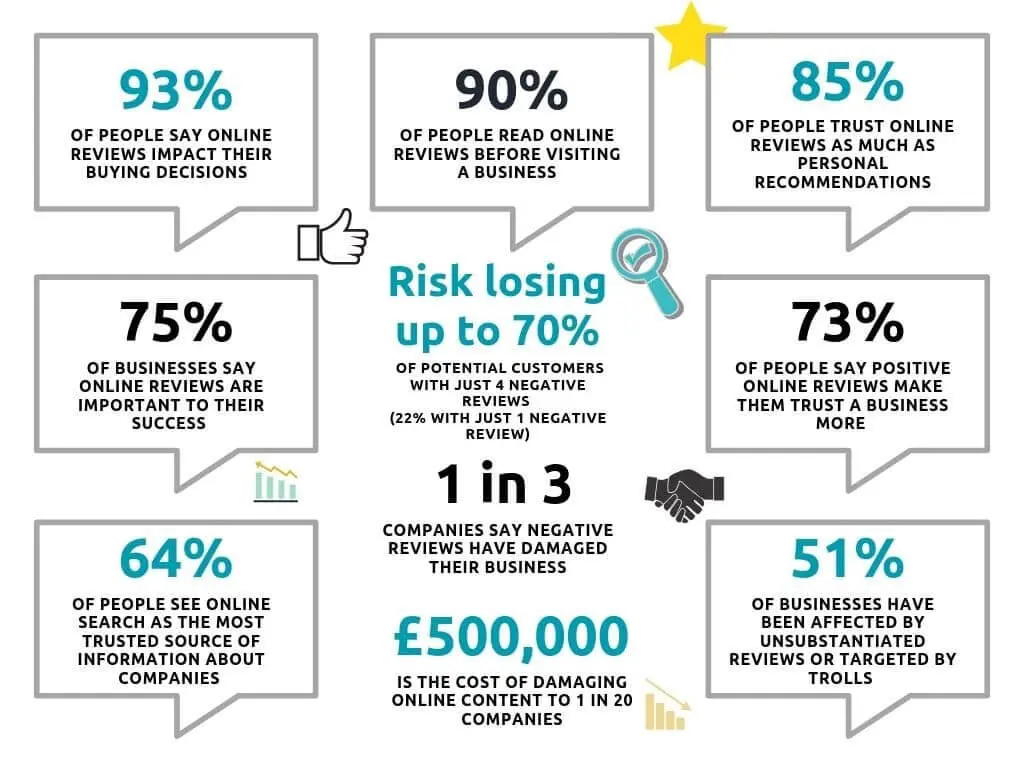
How To Check For Fake And Negative Reviews
It is crucial to constantly monitor and observe the rankings and SEO of your website. If you see a random drop in the rankings, which you cannot explain, look for any fake reviews pointing to your website on the Google Search engine and social media websites.
It would help if you also looked out for one-star and two-star reviews of your business. Check for words like “bad” and “hate”, as these are the most common words malicious spammers use.
Another thing to look out for is these fake reviews or low ratings occurring very close to each other — within a few hours or days. You may notice that these reviewers may not have a long history of leaving reviews for other companies.
These signs should tell you that the reviews you see are fake and should be removed.
Remember that your business may receive a mixture of positive and negative reviews. This is normal and nothing you can get worked up or frustrated over. Most reviewers will leave negative and positive (genuine) reviews on websites.
However, if you notice a series of one-word bad reviews, you can almost be sure they are fake — and take action against them.
How To Fix It: Flag Any Fake Review You Find
Fortunately, most review sites allow business owners to flag fake reviews. This can help you (and Google) identify spammers and people with malicious intent and stop it from recurring.
If you encounter genuine negative reviews, it is best to respond honestly and without being rude. How you react to these reviews also shapes your company’s reputation in the customer’s eyes.
4. Malware Attacks And Website Hacking
Many believe that signs of hacking are obvious. You may get alerts or warnings that your site is compromised, prompting you to act. However, that’s not always the case for all types of attacks.
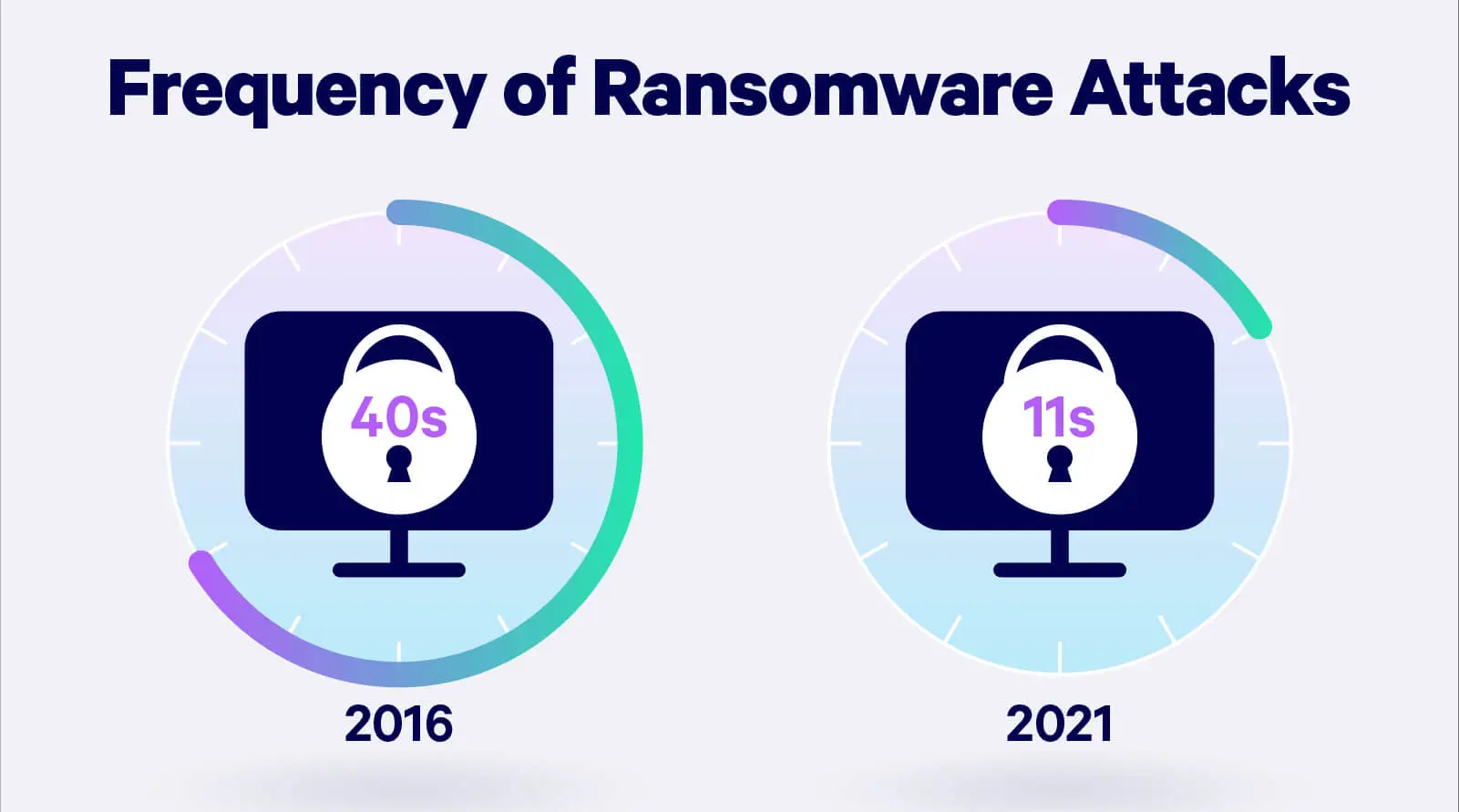
Yet, skilled hackers can launch negative SEO attacks on your site so subtly that they go nearly unnoticed. The effects of these subtle attacks can be severely detrimental to your website.
Hackers target old blog posts on your website and make slight changes to lower their rank. They can do this in some ways, such as -
- Add low-quality content to your latest pages or old blogs
- Add disturbing content to your pages
- Hide content changes in your HTML, which may often go unnoticed
- Remove or replace images and links from your website and pages
- Add backlinks to your website that redirect to unethical pages
This negative SEO attack is even more common for websites that have been up and running for a long time. It is primarily because the sheer volume of blog and website links would make it difficult for the business owner to recognise this attack.
Similarly, if you have a website that you have not accessed for a while, it may risk a negative SEO attack. A professional or experienced hacker can make subtle changes to these pages that can negatively impact the ranking and health of your website without you noticing — before it is too late.
How To Fix It: Website Monitoring And Regular Audits
Conducting regular site audits and performance checks for your website is essential. Without doing this, you will be completely unaware of your website’s health, good and bad reviews, rankings, and other important aspects.
The SEO Audit Tool by Alexa is an excellent tool for conducting these website audits. This tool expertly detects any technical issues with your page and offers the best solutions to fix them.
It helps you monitor your website’s ranking and other technical details, helping the website stay on track.
How To Detect A Black Hat Tactic Pointing To Your Site
Protecting your website against negative black hat tactics is as vital as possible. Of course, you don’t need to be an expert investigator to find the warning signs that tell you something is off. Here are a few techniques that you can use to detect unnatural activity on your website -
- If your website has keyword rankings for unethical or irrelevant keywords
- If your website has a backlink profile or several backlinks to pages that are not related to your page
- If there is a sudden burst of traffic to pages that you have not used or accessed in a while
How To Fix It
Before fixing these issues, it is important to detect them at their earliest stage. Once done, you can use many techniques to defend and protect the website against spammers and attackers. Observing negative links and comments on your page is essential before the damage is too severe.
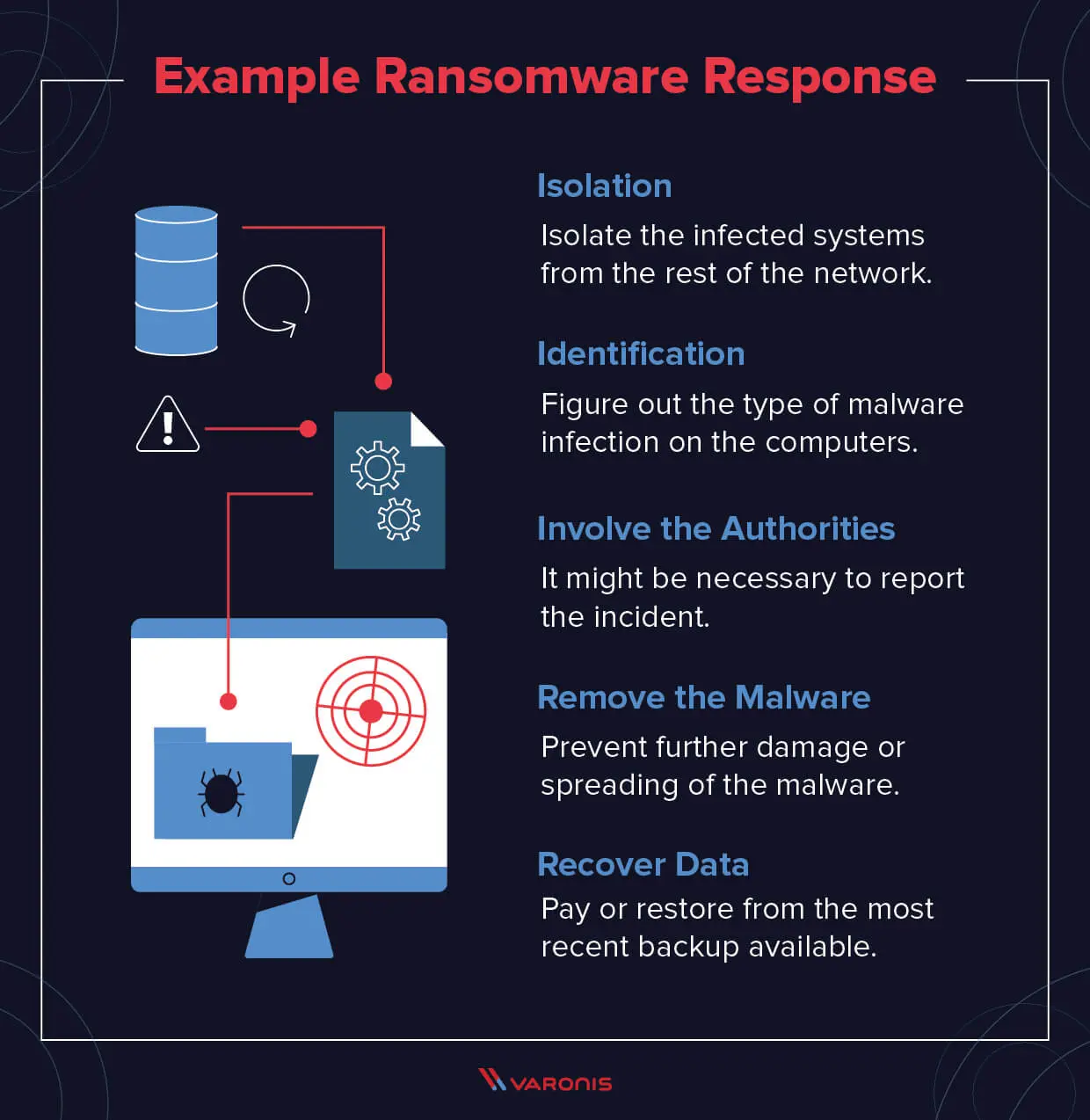
5. Heavy Crawling
While most of the negative SEO tactics mentioned above may take time and a particular skill, many competitors or spammers might be desperate to harm your business. These people may crash your website by forcefully crawling the pages using automated tools. This heavy server load will initially slow down the site and eventually cause it to crash.
Heavy crawling may be the last and most desperate means of attacking a website. It does not require too much skill, and almost anyone will be able to do it.
How To Spot The Warning Signs
Remember that there might be many other reasons your site may get slower or crash. That said, it is better to be safe than sorry.
Always look for slow-moving pages or sudden crashes. Once you notice these, it is best to contact the webmaster to determine the issue’s root cause. These issues may arise from a sudden influx of organic traffic or regular page maintenance and upkeep. However, only the webmaster or your hosting company can verify this.
The other reason may be a negative SEO attack on your website. In this case, you must reroute the traffic using a DDoS protection service. Alternatively, you can also apply additional firewalls to protect your website.
Frequently Asked Questions
1. How Common Are Negative SEO Attacks?
A negative SEO attack can happen to any company at any time. It can be due to competitor rivalry, random spammers trying to push your website out of its rankings, or professional hackers trying to get something out of it. These negative SEO techniques can also be done by previous employees trying to get back at you.
While such attacks are not extremely common in the professional world, they often go unnoticed. Remember that they can occur to a new or old company, so it’s best to perform routine checks, conduct comprehensive SEO analysis, and monitor your website for these attacks. You must also learn to protect and defend your site.
2. Are All Backlinks Harmful To Your Page?
Some website owners may get overly cautious and react to every backlink they see. However, all backlinks don’t harm your website — only the ones placed there with irrelevant anchor text by spammers can harm the page. So, keep looking for other warning signs before taking a step.
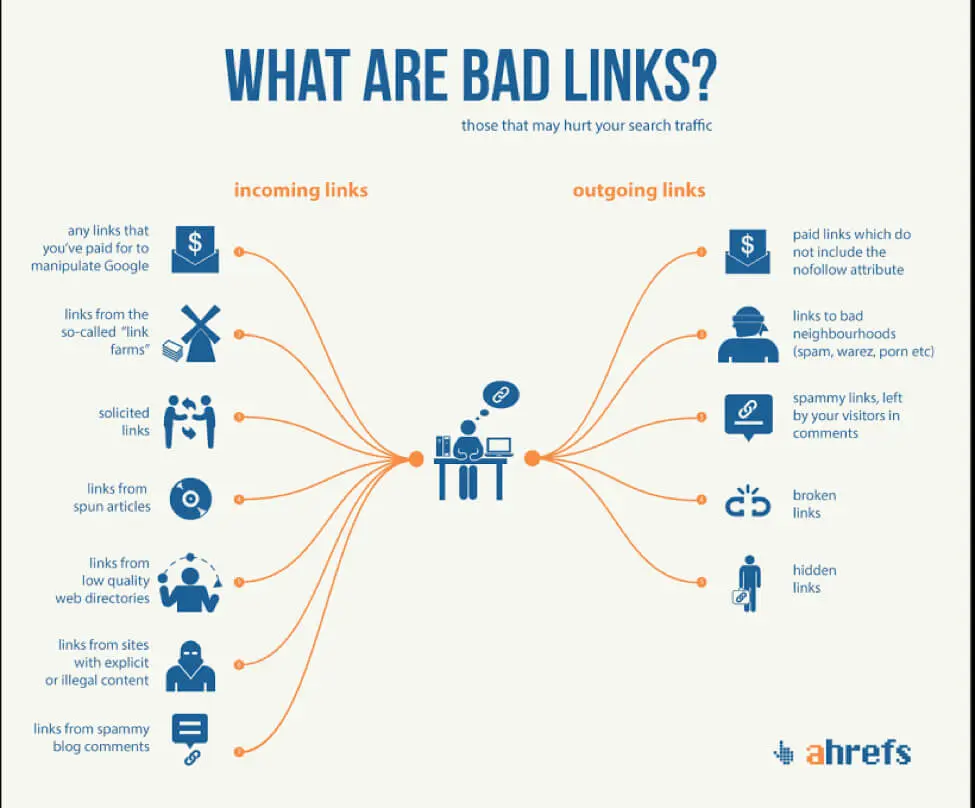
3. What Is A Disavowed Link?
A disavowed link is a link that a specific publisher or website owner tells Google not to consider their website rankings. These disavowed links are generally seen when the owner wants to defend a site under a negative SEO attack.
4. Does Negative SEO Work?
There has been a lot of debate about this. While many people agree that negative SEO is hugely harmful and works to harm a website, others may debate that its adverse effects are far less now than before.
One reason for this change is that Google has begun to devalue link spam rather than demoting the entire website. While demoting adjusts your website’s SEO ranking, devaluing ensures that the spammy links are removed without affecting the website’s ranking.
5. Do You Need Off-Page SEO?
Off-page SEO is as important as on-page SEO. It can significantly enhance the chances of your website ranking high on Google’s search engine. It involves link building, brand mentions, positive reviews, guest blogging, seed sites, interviews and press releases, social media and digital marketing, infographics, etc.
These tools are essential for growing a healthy business page and good digital marketing. While on-page SEO can help your website reach high ranks on Google, these simple but effective techniques are excellent for reaching the top.
You or other employees can implement many of these off-page SEO techniques. However, specific tasks are best left to the professionals who will guide you better on these aspects.
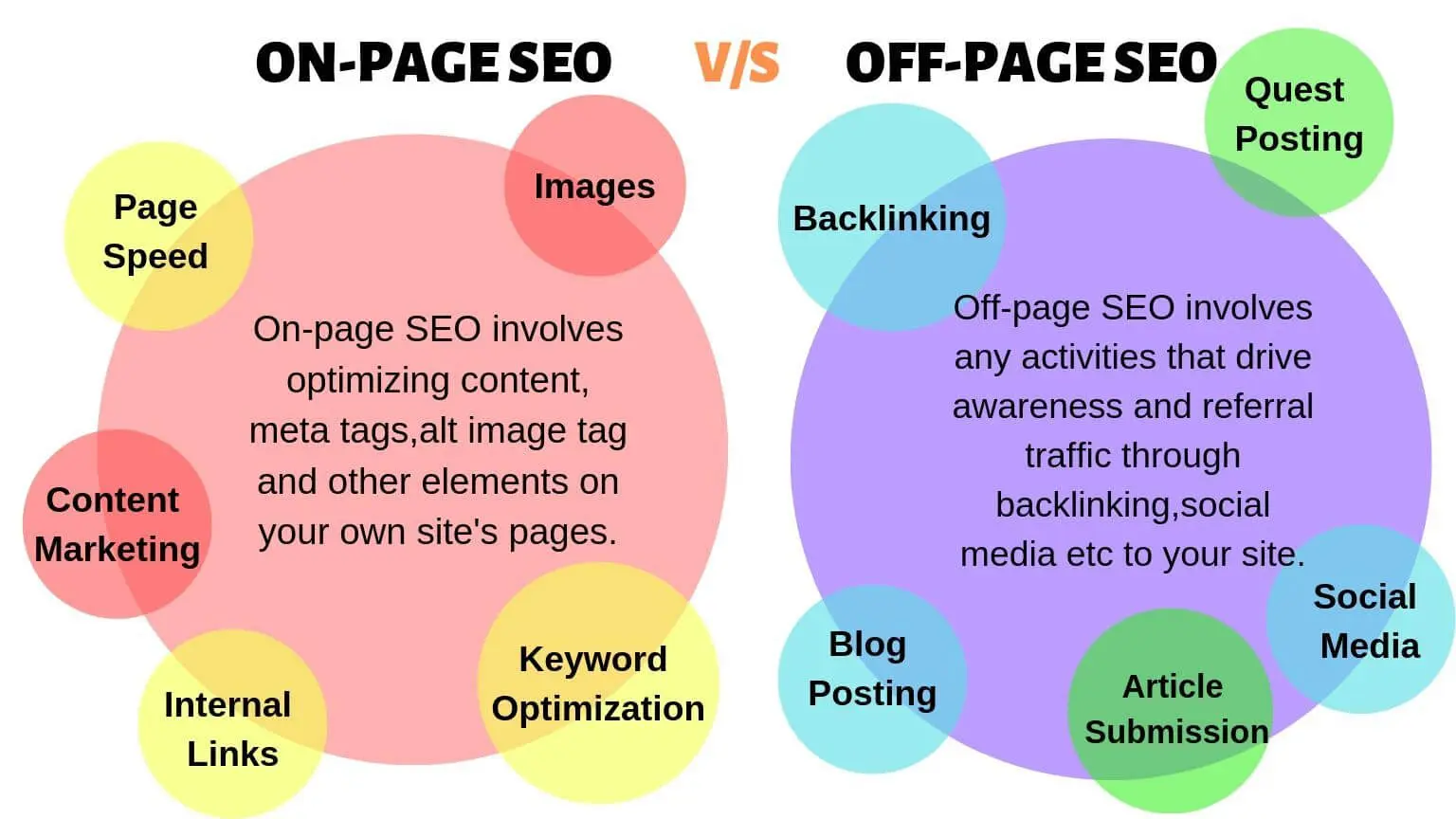
Understand Negative SEO For Your Website
No matter how much work and effort you put into building a website, protecting it against negative SEO attacks is crucial.
You should take the help of professional services that can help defend your website against negative off-page SEO. Such tailor-made services may also provide the right tools to build a website that attracts customers worldwide.
We recommend using premium tools to investigate and find any negative SEO attacks on your website. It is imperative to act fast before the damage done is too great. You can also speak to a professional agency to learn about negative SEO tactics and how to protect your website against such attacks.
With that, we have finally reached the end of our comprehensive guide. We hope this helps you better understand negative SEO. If you have any questions, please get in touch with us by commenting below.
That’s all for today; stay safe against all kinds of attacks, especially against your website!





